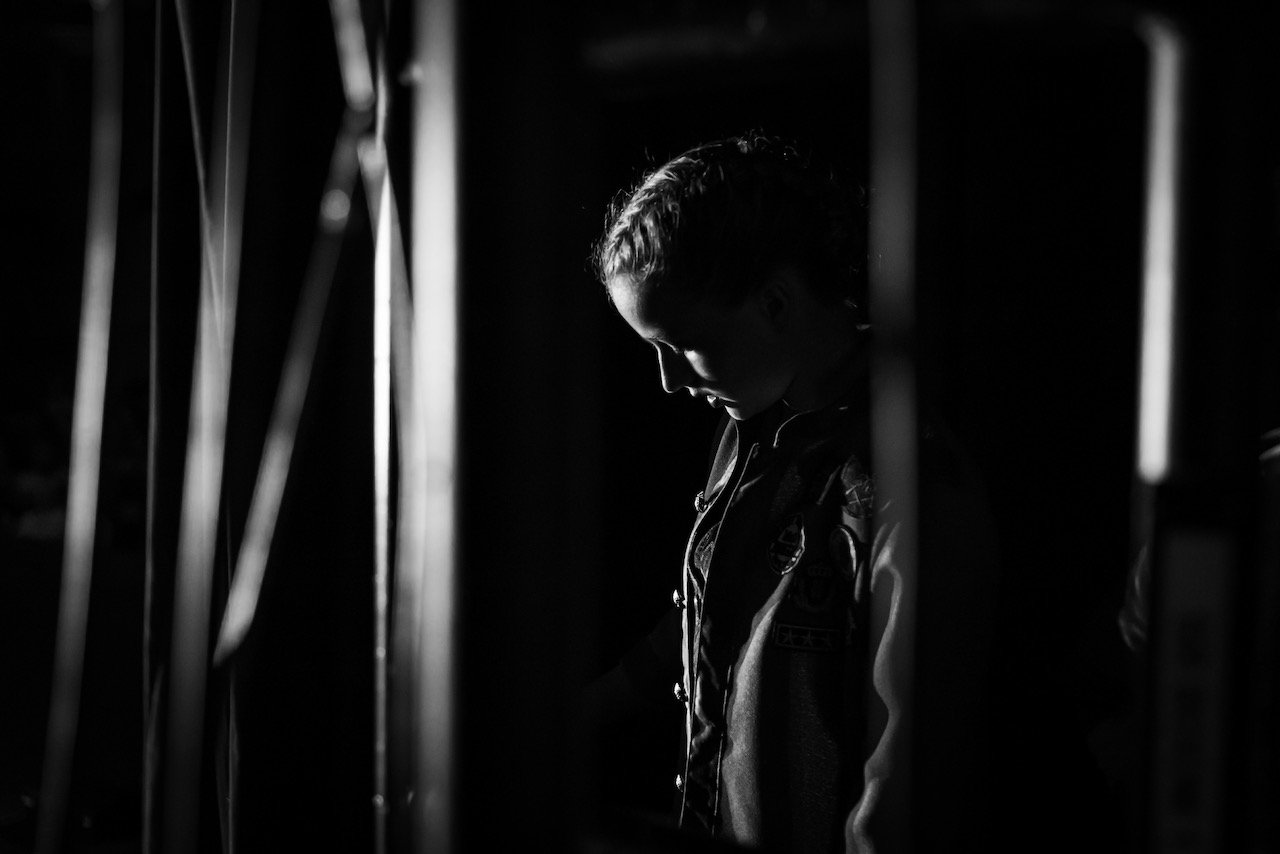For the Love of Black and White Photography
I’m always chasing shadow and light and not just when there’s a camera in my hand. Once you start seeing like your camera does, truly seeing, it’s impossible to turn it off. Some internal light meter switches on, and you find yourself scanning every room, every street corner, every shifting sky, constantly assessing the play of light across surfaces and skin. Shadow and light are inseparable, each defining the other. You can’t have one without the other. I’ve always been drawn to the shadows – not the absence of light, but the subtle invitation to look deeper, to find something off-centre, overlooked, or just out of reach. Shadows don’t just obscure, they reveal; hinting at form and texture, suggesting stories in the spaces light leaves behind.
My love for black and white photography is rooted in this dance. Stripped of colour, you’re left with the raw bones of an image – pure contrast, the quiet drama of tone and texture. Without the distraction of color, every shadow carries weight, every highlight has purpose. It’s a medium that demands attention to the smallest shifts in light, rewarding you with a kind of emotional precision that’s hard to find elsewhere.
It was Bill Brandt who first showed me this, through his stark, atmospheric images of 1930s Northern England – Halifax, Jarrow, Newcastle, Sheffield. In Shadow of Light, Brandt captured working-class life with haunting intimacy, his frames thick with the soot of factory towns and the creak of worn cobblestones. You can almost feel the damp in the bricks, the grit under your nails. His work, both social documentary and surreal nudes, taught me how to let darkness speak – how to let shadow shape the frame and, in doing so, reveal a different kind of truth.
This pull toward the shadow also shapes my work in the theatre. I’m drawn to the darkened wings, camera ready, watching the flicker of nerves in a dancer’s eyes, the bite of a fingernail, the whispered breath before the music kicks in. It’s in these shadowed spaces, away from the spotlight, where the real drama happens – the unscripted, raw, human moments that never quite make it to the polished center stage. It’s the half-second costume change, the hurried tying of a ballet shoe, the quick exchange of glances – electric, nervous, alive.
For me, this is where the imagery lives – in the quiet contrast, in the moments between.
In shadow and in light.




